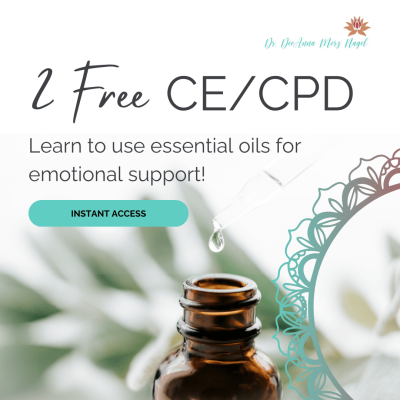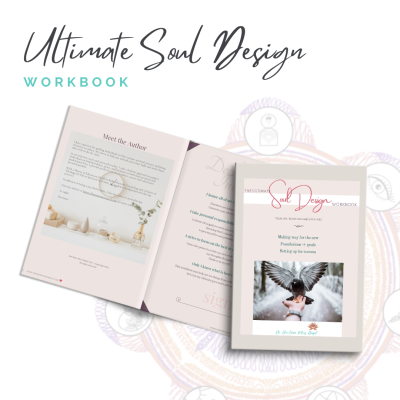 For much of my life I’ve lived with health challenges that defied easy explanation. I was born with primary lymphedema and then I acquired sarcoidosis over two decades ago. In recent years those challenges reached a breaking point: vertigo, dizziness, light sensitivity, wheezing, and vestibular migraines that sometimes struck three or four times a week. Add to that unexplained weight loss, and I felt as though my body had turned against me. I assumed it was the progression of sarcoidosis; my symptoms were all over the place and yet, that’s often the case with autoimmune disorders.
For much of my life I’ve lived with health challenges that defied easy explanation. I was born with primary lymphedema and then I acquired sarcoidosis over two decades ago. In recent years those challenges reached a breaking point: vertigo, dizziness, light sensitivity, wheezing, and vestibular migraines that sometimes struck three or four times a week. Add to that unexplained weight loss, and I felt as though my body had turned against me. I assumed it was the progression of sarcoidosis; my symptoms were all over the place and yet, that’s often the case with autoimmune disorders.
As a psychotherapist (trained formally as a rehabilitation counselor), wellness coach, and aromatherapist, I know how complex health can be. Symptoms overlap, causes are layered, and a client’s story rarely fits neatly into a diagnostic box. I found myself living in that liminal space — and what ultimately shifted things for me wasn’t a new medication, but a different relationship with food- which by the way, was a path not unfamiliar, but my food journey took a new turn.
Histamine and the Body
When most of us hear histamine, we think about allergies and antihistamines. Yet histamine is also a neurotransmitter and immune system messenger, influencing digestion, breathing, and vascular function.
For some individuals, histamine builds up faster than the body can break it down. This “histamine overload” can lead to a constellation of symptoms: headaches, dizziness, rashes, digestive distress, breathing difficulties, even mood fluctuations. Because the symptoms mimic so many other conditions, histamine intolerance often goes undetected.
My Turning Point
As I needed CE hours to fulfill requirements for updating my wellness coaching credential, I took an online course through the American College of Lifestyle Medicine. The course focused on “food as medicine” and emphasized a mostly plant-based, whole foods diet. I had already narrowed my food choices previously and had eliminated sugars, processed foods and gluten- as well as a host of other food items, but this course narrowed the focus.
After the course, through careful self-tracking and elimination, I began exploring a low-histamine diet. This meant avoiding aged cheeses, cured meats, fermented foods, and many additives. It also meant leaning into fresh, simply prepared foods, since leftovers and slow-cooked meals tend to accumulate histamine quickly. And yes, I leaned into AI for more information and guidance.
Since I needed to pay more attention to food storage, I simultaneously took the opportunity to rid my kitchen of anything plastic, storing foods in glass or silicone instead. That was quite the undertaking, and soon I’ll write an article about what works and what didn’t. Let’s just say, not all glass and silicone storage items are created equal!
The results have been undeniable. Instead of three or four migraines weekly, I’ve had only three in the past six months. My weight has stabilized. The vertigo and wheezing have eased. My life feels steadier, quite literally.
Lessons for Practitioners
I share this story not to prescribe, but to illustrate how subtle shifts in lifestyle can transform wellbeing. As coaches, therapists, and healers, we can support clients in exploring similar territory — always within our scope of practice. Here are some ways:
-
Encourage mindful observation. Symptom and food journals often reveal connections a client may not notice in daily life. Download myMeal Planner & Food/Mood Tracker HERE!
-
Explore the “experiment mindset.” Framing dietary or lifestyle changes as experiments (rather than rigid rules) helps clients stay curious rather than fearful.
-
Stay scope-sensitive. We are not dietitians or physicians, but we can walk alongside our clients as they reflect on how food and environment impact wellbeing. When symptoms are severe, referrals and collaboration are key.
-
Honor bio-individuality. What worked for me may not work for everyone. The client’s own body is the ultimate authority.
-
Attend to the emotional layer. Chronic symptoms often carry frustration, grief, or self-doubt. Holding space for those emotions is just as important as exploring practical strategies.
Why It Matters
Wellness coaching and integrative practice are not about quick fixes. They’re about cultivating awareness, supporting experimentation, and empowering clients to trust their own embodied wisdom.
In my case, a low-histamine approach was a doorway to healing. For your clients, it may be something entirely different. But the larger lesson holds: by slowing down, listening deeply, and inviting curiosity, we create the conditions for meaningful change.
✨ Reflection Prompt for Practitioners: Think of a client who has “mystery symptoms” that don’t respond to obvious interventions. How might you gently introduce the idea of tracking food, environment, and daily rhythms as part of their self-discovery process?





